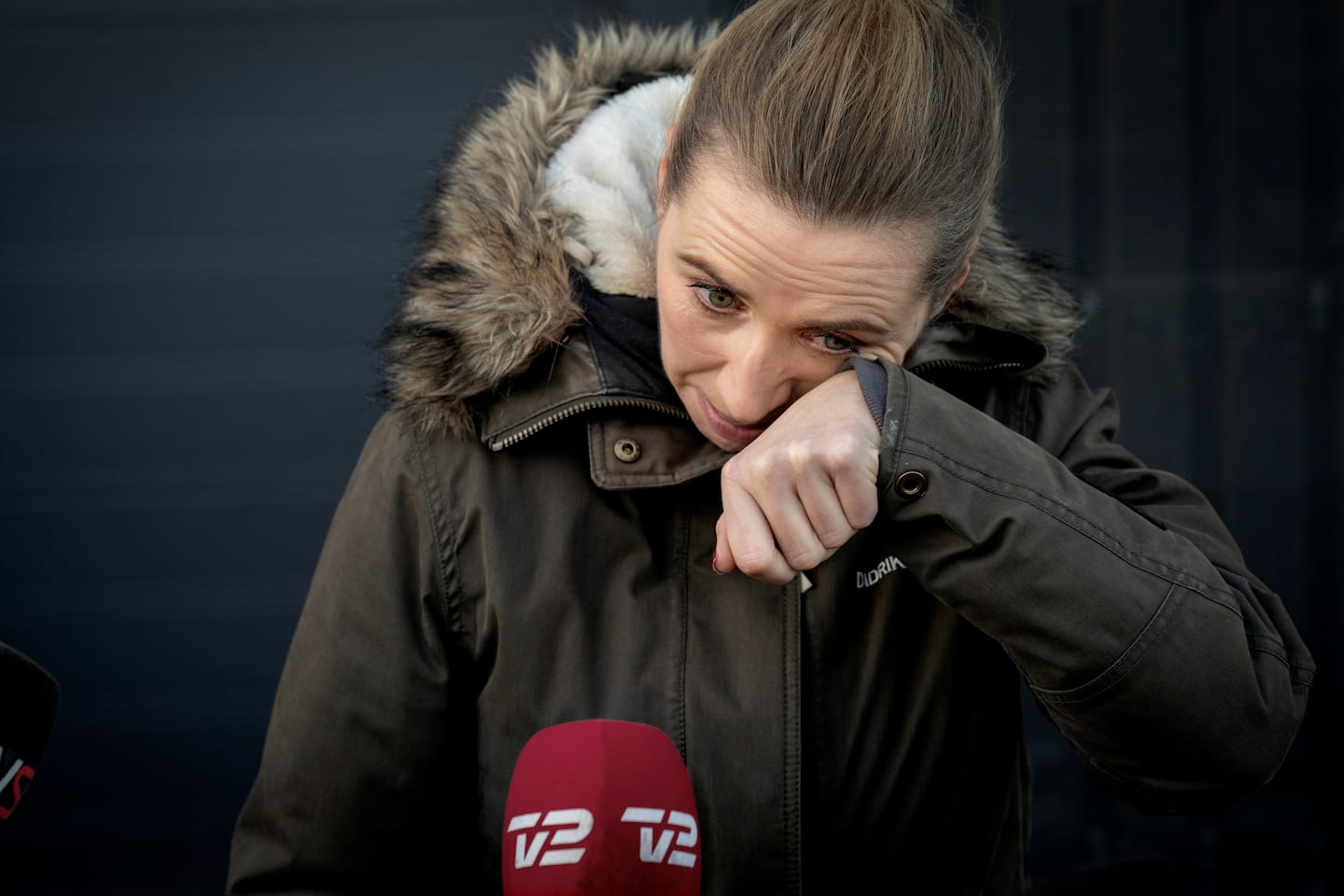Danish government may exhume hundreds of thousands of dead minks and burn them

The likely exhumation of hundreds of thousands of rotting animals is just the next step in an unlikely scandal that began in early November when the government ordered over 15 million farmed minks to be killed due to fears about a new strain of the novel coronavirus.
The killings were halted less than a week later after roughly 2.85 million minks had been already put down. Denmark’s lucrative fur industry was hit hard.
The political fallout has not stopped since: Agriculture Minister Mogens Jensen resigned from his position last week and Prime Minister Mette Frederiksen appeared at a now empty mink farm in tears on Thursday.
The government had admitted that at least some of the minks killed improperly were also buried improperly. Two gravesites in Jutland, Denmark’s northern region and the home to most of its mink farm industry, have become points of concerns over risks that the decomposing animals could affect nearby water.
Some dead minks have surfaced because the top soil above them was not heavy enough. The Danish press dubbed them “Zombiemink.”
Prehn, who replaced Jensen after his resignation, told TV2 that he had supported burning the minks since “Day One.” But he also said that it would be a mistake to be too hasty and that the government was consulting with Denmark’s environmental protection agency to consider different options.
“If there is one thing we have learned from the last few weeks, it is that the decisions we make must be made on the best possible basis,” he said. “One makes mistakes when being too hasty.”
The government move to kill millions of farmed minks came after scientists at Denmark’s Statens Serum Institute identified a worrying new mutated strain of the novel coronavirus in the animals that had been spreading back to humans and had already killed 12 people in August and September.
Denmark has not been hit by covid-19 as hard as some of its neighbors in Western Europe, but it hoped to move proactively to block a new strain that could complicate plans for vaccination if it spread.
It is not clear if the mink killing served its purpose. The Danish Health Ministry announced last week that the mutated strain had not been detected since Sept. 15 and had “most likely become extinct.”
Frederiksen later canceled the mink order and admitted the government had overstepped its legal powers in pushing for the killings. Agriculture Minister Jensen resigned soon after, saying he did not have “sufficient support among a majority of the parliamentary parties” in a resignation statement.
Denmark is one of the world’s largest fur producers and the killings have shaken the industry. Some politicians have said that Frederiksen too should resign.
On Thursday, the Danish prime minister visited mink breeder Peter Hindbo at his now empty mink farm near the city of Kolding. As she spoke to reporters at the farm, her voice wavered and she fought back tears as she described the impact she had seen.
The Danish premier said that the family of mink farmers had “their life’s work shattered” in a very short period of time. “It has been emotional for them, and … Sorry. It has for me too,” she told reporters.
But the prime minister was also criticized for wearing full protective gear when she met Hindbo, even though the coronavirus had not been found at the farm and all of the minks were now dead.
“There is no danger,” Alex Vanopslagh, the leader of the opposition party Liberal Alliance and tweeted on Thursday. “Why give that impression?






